The orden Strigiformes.


The order Strigiformes includes around 200 species of raptors. They are characterized mainly by their nocturnal and solitary habits, in addition to having a typically erect posture, a large and broad head, sharp claws and feathers adapted to silent flight. This order is made up of 2 families: The Tytonidae family and the Strigidae family. The basic morphology of the estrigiformes includes the presence of two large eyes facing forward, with a flat face and facial discs around each eye and in the auditory orifices. It is thought that the feathers that compose the auditory discs can be adjusted in order to sharply focus the sounds coming from different distances, since these birds have asymmetric auditory cavities. The stereoscopic nature of the eyes of the strigiforms, oriented forward, gives them a greater sense of depth, essential to hunt in the dark. Although these birds have binocular vision, their eyes are fixed in the cranial basins, so, to change their view, they must turn their entire head, being able to rotate their necks up to 270 °. This ability keeps your body movement to a minimum, thus reducing the noise of your movements while waiting for your prey.
All the estrigiformes are predatory and carnivorous birds, adapted mainly to the diet of insects and small rodents like hares, rats and mice. It is also known that some species have adapted exclusively to the hunting of fish. The secret of the innate ability of these birds to maintain a stealth flight is in their feathers. In general, its feathers are larger than in most birds, with a larger vexilo, with smooth and jagged edges, and a stiff and light rachis. The surface of its flight wings is covered by a specialized structure that reduces aerodynamic disturbances, decreasing the noise frequencies above 2 KHz, so that the level of the emitted sound falls because it leaves the auditory spectrum typical of its usual prey. At present, many species of owls and owls are in danger of extinction, mainly due to the destruction and fragmentation of the forests they inhabit. Being typically arboreal, these birds depend on woodland for nesting, hunting and resting, so it is accepted that the decline of their populations has been the result of logging and fires of large hectares of open forests and pastures.

The titonidos are a group of estrigiformes birds, that altogether are called colloquially owls. The characteristic morphology of these birds includes a heart-shaped facial disk, consisting of rigid feathers that serve to amplify and locate the sources of sound at the time of hunting. Barn owls are darker on the back than on the front, exhibiting an orange-brown coloration on the back, and a lighter and mottled color on the front of the body, with considerable variations observed even in individuals of the same species . These birds are mainly nocturnal, solitary and non-migratory. The titónidos own a wide geographic distribution, being absent only in the North end of America, and in some regions of Africa and Asia. In general, the species of tetonidae are little known, and many of them have only been sighted very rarely since their discovery.

This family of raptors is made up of the so-called true or typical owls. Its geographical distribution is cosmopolitan, being present on all continents, with the exception of Antarctica. The morphological characteristics that describe this family include the presence of a large head, short tail, large and rounded wings, formed by soft feathers that allow it to perform a silent flight. Many species of owls have toes and feathered tarsi, mainly those that inhabit high latitudes. Other species exhibit plumes of feathers on the sides of the head. It is believed that this feature breaks the contour of the bird, giving it a camouflage function. The owls' hearing is highly sensitive, which allows them to locate sounds in multiple directions, thanks in part to the asymmetric position of their ears. Unlike owls, the estrígidos are not exclusively nocturnal, finding species that hunt during the day, so they have a cryptic plumage that helps them to hunt stealthily and to protect themselves from their natural predators.
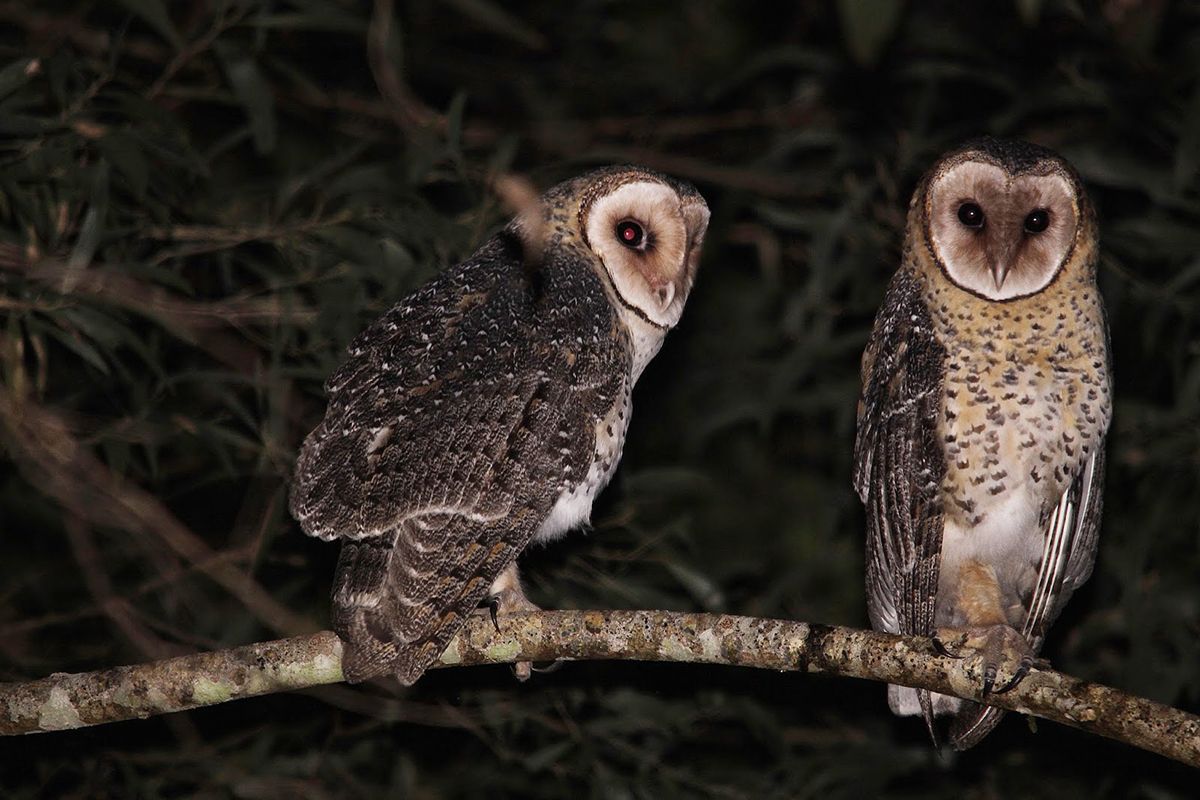
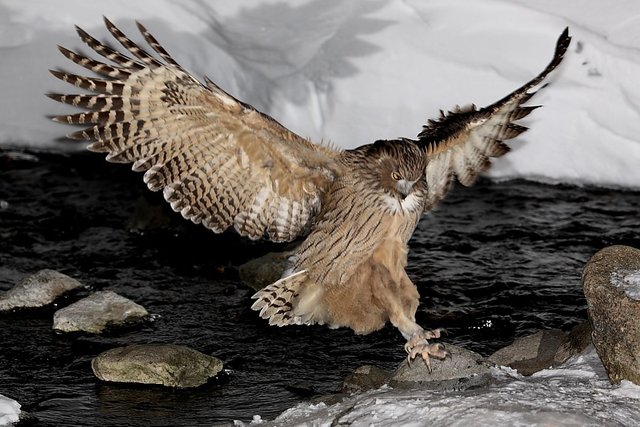

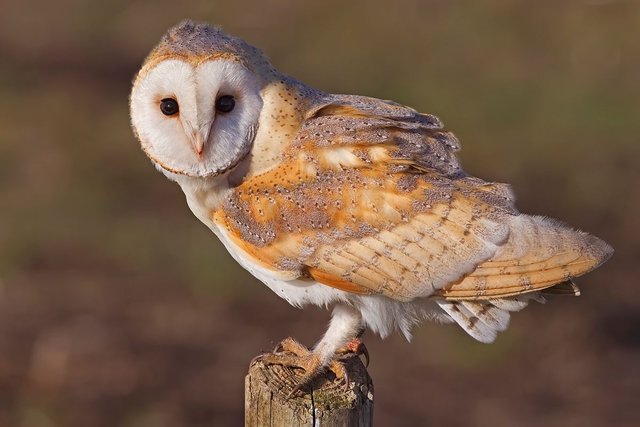

References:

I hope you liked this post. regards!

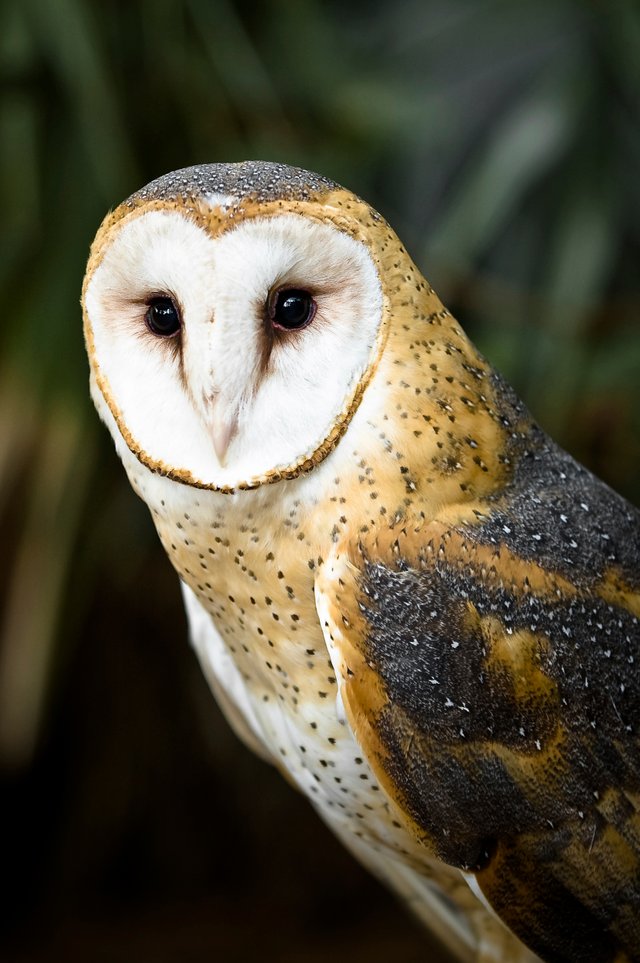

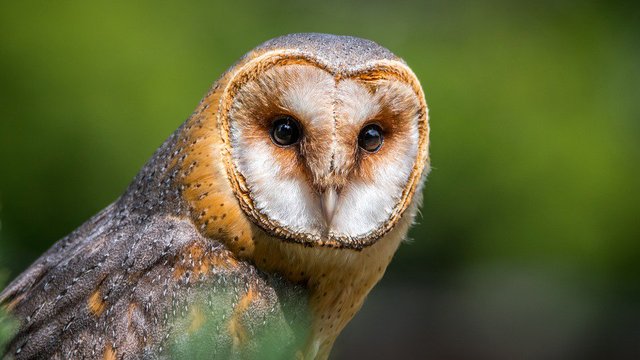

Not bad at all! Please check the typos
Thank you, I'll have it in mind.
For pictures you need to check if they have the right license to be distributed on a commercial platform like steemit. Pixabay offers a lot of photos which you can freely use on steemit.

Sorry, I did not know what images can be used for free, thanks.